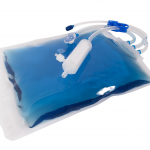
In Biopharmaceutical labs, researchers use biocontainers (large, see-thru plastic bags) to store liquids like process solutions and Active Pharmaceutical Ingredients (API’s). These bags can be any size and range from small, 20ml, all the way up to 2000 L. The larger the bags, the more need for rigid storage, like a rectangular or cylindrical plastic tote to fill and transport the liquids.
Plastic Concepts designs and manufactures the best totes (a.k.a rigid biocontainers) on the market, but I bet you didn’t notice…. and there’s a good reason why.
There is a popular quote in the design world:
“Good design is in all the things you notice. Great design is in all the things you don’t.”
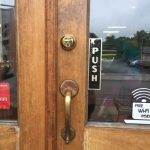
For example, have you ever pushed on a door that was meant to be pulled? It’s because of the design of the door. It probably had a handle on the push side rather than a flat plate or push bar. Doors that work like they are supposed to, go completely unnoticed.
Just like our totes.
When you use our totes, you will think about other things entirely.
Here’s why our tote design is utterly and completely unnoticeable:
- Strong material and stronger seams: Our totes are fabricated with heavy-duty, thick gauge Polypropylene*, which is practically indestructible. If you read our previous post on welds, you’ll know that our welds are designed to make the integrity of the structure stronger. So you won’t be wondering if your tote will be sturdy enough to hold and transport 500 liters of a solution without cracking or breaking at the seams.
- Access Panel: With the much larger totes, an access panel is required so that the user can reach in toward the bottom of the tote. Our access panels slide out easily and won’t crack like ones made from thinner plastic. Also, the locking mechanisms are made of heavy gauge plastic or metal so they slide easily. You can be sure that they will open when you want and close when you want without it snapping off.
- Built-in casters and handle: Some other totes on the market require a separate metal cart. We can make totes with wheels and a push-handle built right in. So, you can save all the aggravation you’d have from trying to lift the tote onto a moving cart for when you’re stuck in the traffic on the way home from work.
- Designed for lifting with a forklift: The openings on the bottom are built into the design so you can rest assured that the tote will lift and not tip.
- Designed to fit ANY bag/biocontainer from ANY manufacturer: Often times, the totes you purchase will only fit the bags from the same manufacturer. We know that you like to have choices and we can design our totes to fit bags from multiple manufacturers. So, you can buy the bags that make the most sense for your budget and the ones that will get to your lab when you need it.
Our totes go unnoticed every day at these great laboratories:
Genzyme, Lonza, Biogen, Fuji, Bristol-Meyers Squibb, ASI, ThermoFisher, Novo, Regeneron, and Abramson Research Center, just to name a few.
(And, as an aside, if you’re anything like me and get jazzed about all things design you might be interested to read the Ten Principles for Good Design written by Dieter Rams, a well known industrial designer. (I would like to note that our totes have each of these 10 things *pats self on back*).
Or if you’re into podcasts, you’ll love 99% Invisible which talks about the unnoticed architecture and design that shape our world. Or read “The Design of Everyday Things” by Donald A. Norman.)
*Materials we use are USP Class VI and stainless steel
Next Blog: Read our why our bag trays and soak tanks also go unnoticed.

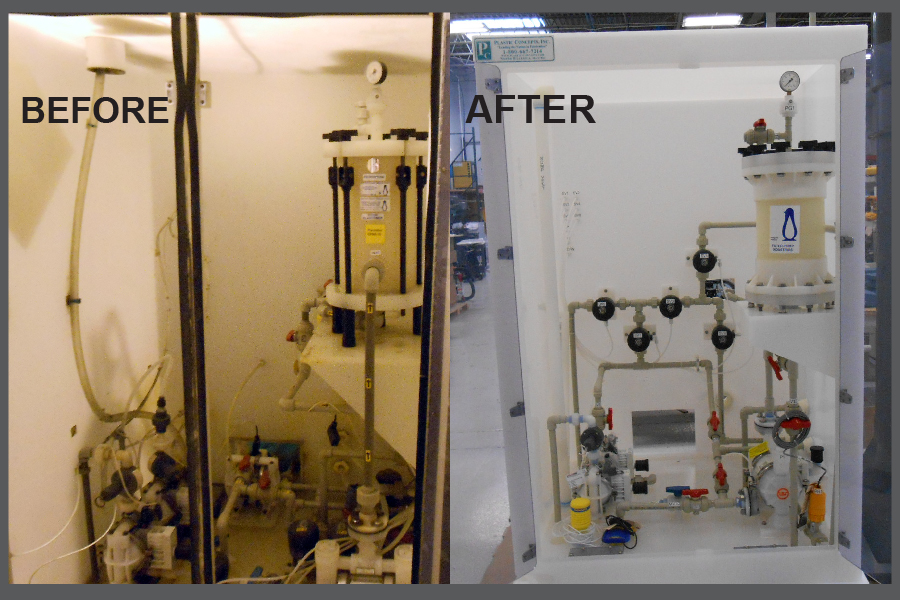
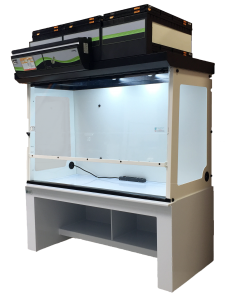
 If you read our
If you read our 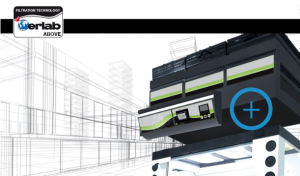 proprietary equipment -which is the best filtration technology available in the market.
proprietary equipment -which is the best filtration technology available in the market.